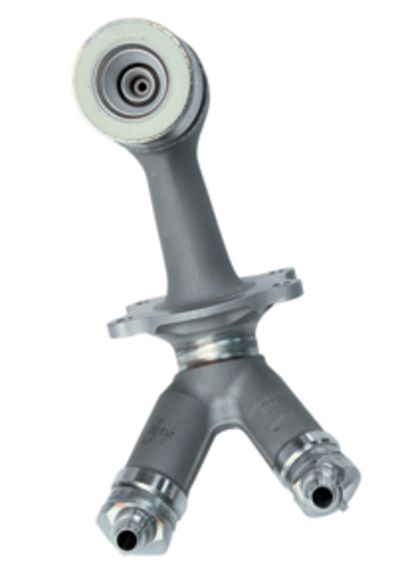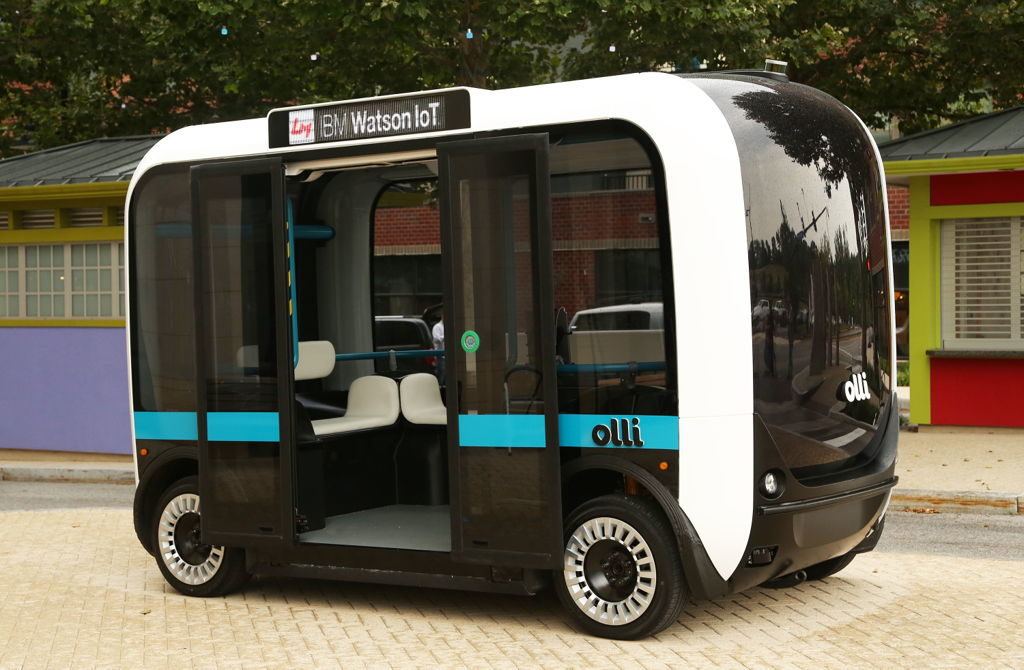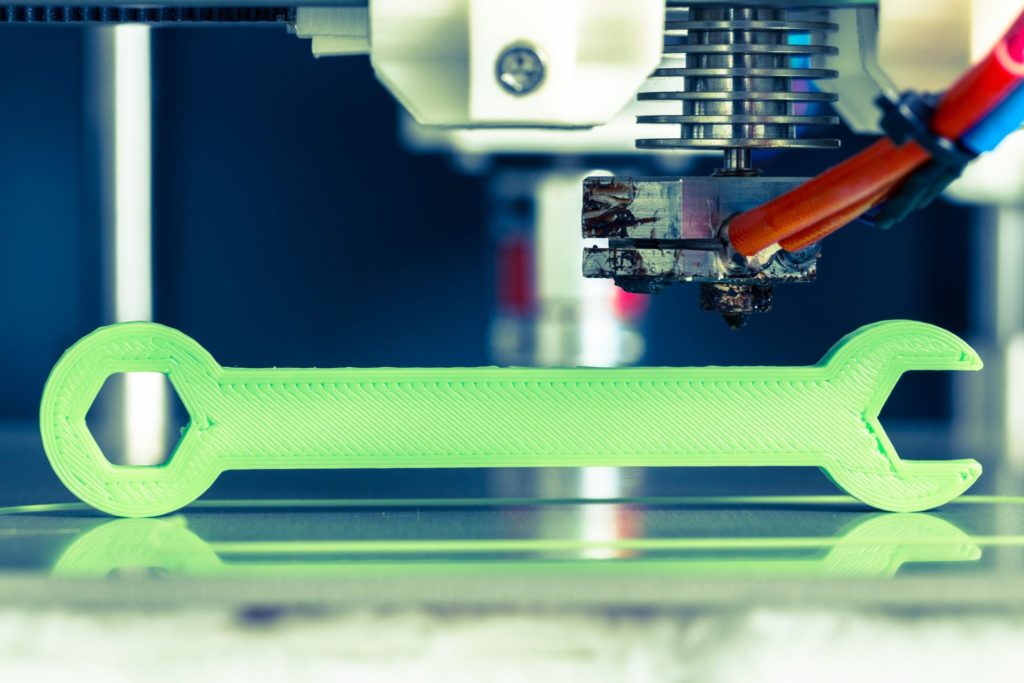There’s much more to 3D printers than plastic trinkets. The industrial market for 3D printing has been heating up, with manufacturers exploring new ways to capitalize on additive manufacturing’s latest technologies.
By 2020, 75 percent of manufacturing operations worldwide will be using 3D-printed tools, jigs, and fixtures made in-house or by a service bureau to produce finished goods, according to a 2016 Gartner report. Gartner also predicts that 10 percent of industrial operations will incorporate robotic 3D printers in their manufacturing processes by 2020.
While 3D printing is expected to grow in manufacturing operations, there are several sectors that are already utilizing this new technology.
Healthcare
When people think of 3D printing and medical devices, prosthetics or implants usually come to mind. But the applications for 3D printing within the healthcare space span beyond that.
The ability to quickly and inexpensively produce prototypes using 3D printers is a big win for the medical device industry. Engineers and designers can now produce prototypes in-house, making it easier to communicate ideas and designs to stakeholders.
By being able to hold the device in their hands, designers, engineers, and stakeholders can more accurately and quickly evaluate the device. Modifications can be made and tested in a day, rather than weeks. Using 3D printers to create prototypes can also help manufacturers avoid wasting time and money by finding issues in the device design before it moves too far in the development process.
3D printers are also being used to create life-size replicas of the human anatomy, allowing surgeons to practice complicated procedures on realistic replicas.
Such was the case when researchers created a 3D model of the brain of 5-month-old Gabriel Mandeville. To help treat his violent epileptic seizures, Mandeville’s parents consented to a hemispherectomy, a complex medical procedure that removes or disconnects the healthy side of the brain from the side of the brain that’s responsible for the seizures.
Using the Simulator Program at Boston Children’s Hospital, the doctors printed an exact replica of Mandeville’s brain out of soft plastic. Blood vessels were printed in a different color to differentiate them from surrounding tissue.
Before the surgery, doctors were able to do a practice run of what Joseph Madsen, director of the epilepsy program at Boston Children’s Hospital, called “one of the most challenging operations in pediatric epilepsy surgery.” The 10-hour surgery was a success.
Aerospace
The aerospace industry is at the forefront of the additive manufacturing movement. From NASA to GE, aerospace and aviation companies are finding new ways to use 3D printing to create more efficient processes, develop prototypes and parts, and create designs that are unachievable with traditional manufacturing.
In 2016, GE began creating the fuel nozzles for its next-generation LEAP jet engine using direct metal laser melting, a technique that fuses fine layers of metal powders together with a laser beam. Compared to earlier models, the 3D printed nozzles are 25 percent lighter, five times stronger, and printed as one component, rather than 18 individual pieces that required assembly.

Last September, GE acquired two European metal 3D printer companies, Arcam and SLM Solutions, for $1.4 billion, illustrating that GE believes 3D printing can bring big benefits to the company.
Automotive
Rapid prototyping, mass customization, and fast production are the biggest benefits automotive manufacturers will see from 3D printing.
With 3D printers, manufacturers can now quickly produce accurate prototypes to validate design. Previously, manufacturers relied on machine shops to produce prototyped parts. This process cost both money and time, especially if a part needed modification. With 3D printers, manufacturers can now print their parts in-house and test and iterate quickly.
3D printing will also help usher in the era of mass customization for the automotive industry. Last year, automaker Daihatsu partnered with 3D printing company Stratasys to bring customers customizable body panels for its Copen model. The 3D parts, known as “Effect Skins”, are available in 15 patterns available and 10 different colors. Customers can mix and match to create their own unique looks.

And, what about printing entire cars? The potential is there. In 2015, Local Motors introduced the world to the Strati, the first road-ready 3D-printed car. A year later, they printed a self-driving electric shuttle, called Olli, that has been serving commuters in Washington DC and Berlin.








